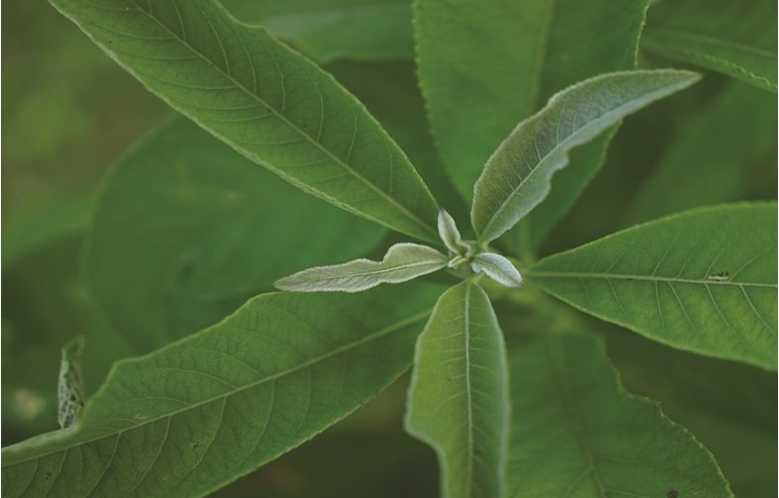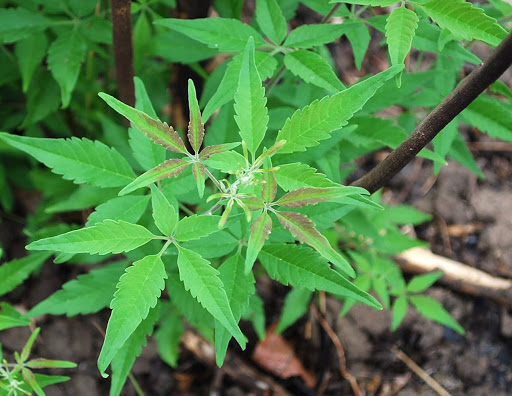Health Benefits of Sambong

Sambong, also known as Ngai camphor, is an herbal medicine with a variety of uses. There are different ways of preparing the plant, each of which leads to a different application for a certain complication. The plant is mainly seen in Southeast Asian countries, which also include the Philippines. Sambong is proven to be a diuretic, and with this comes a variety of health applications for the plant. This article discusses the health benefits of Sambong.

History of Sambong
Sambong was used by ancient people in the Philippines as a cure for a lot of complications. Up until today, Sambong is still widely used to cure some complications. As of the moment, Sambong is registered as a medicine by the Department of Health, due to its different medicinal applications. The plant is often identified by its strong aromatic smell, which people often associate with lemons; the compound responsible for the smell of Sambong is limonene, which can be commonly found in citrus fruits like lemon.
This article talks about the different health benefits along with the medical application of Sambong. It also covers the different ways people often prepare Sambong for medical applications. Sambong is not harmful when used as is. Unless you are allergic to the plant itself, you are good to go with using it. Otherwise, it may cause blisters and itching. However, it does not typically lead to something serious.
Health Benefits of Sambong
There are two main uses for Sambong: as a treatment for common diseases and as a diuretic. Most people use it as a treatment for the common cold or a fever. But, occasionally, it is also used as a diuretic, which means it promotes the flow of water within the body, removing salt, water, and other intoxicants from the body.
Promotes the Flow of Water and Removes Intoxicants
The Sambong plant’s main health benefit comes from its leaves. Often, people use the leaves of the Sambong plant to make tea. So, they boil it in water to extract the juice from the leaves. After which, they drink it. When consumed, Sambong acts as a diuretic and has a variety of health applications.
Treats Urinary Tract Infections and Kidney Stones
Since it promotes the flow of water and removes the intoxicants within the body, it is a very potent medicine for treating urinary tract infections and kidney stones.
Sambong already has been proven to help decrease the size and number of kidney stones and eventually remove them when drunk regularly. If you are still doubtful, drinking Sambong daily has no serious adverse effects on the body, making it a great treatment for the condition.
Reduces blood pressure
Moreover, drinking its juice may result in reduced blood pressure since it removes the salts within the body.
Cures the Common Cold and Fever
Another use for the Sambong is to cure a common cold or fever. People often boil the Sambong leaves to extract the juices. Then, Filipinos place it on the forehead of a person with a fever. Doing this leads to the eventual reduction of their body temperature because of the antibacterial property of the plant.
In addition, a person can also consume the tea created with the leaves of the Sambong to alleviate their common cold, again drawing from the antibacterial property of the plant.
Sambong also works as an expectorant, which means it works as an agent that aids in the clearance of the nasal passages. Moreover, it contains camphor, which has a lot of herbal uses.
Alleviate Headaches
If camphor is used on the forehead, it can reduce headaches because of the menthol-like property of the plant. The plant also has a remarkably fragrant smell, which often has calming and relaxing properties that can further relieve a person’s possible headache.
Heals Minor Open Wounds
One more application of Sambong would be in treating minor open wounds, as Sambong has antibacterial properties. The leaves of the plant can be applied to the affected area to disinfect it.
Sambong has also been proven to have an astringent property that can reduce or shrink body tissues where it is applied. If applied to a wound area, it aids in the closure of the affected part, which leads to faster healing of the wound. The Sambong leaves are often ground up and pounded to create a paste-like poultice that can then be applied to the wound.
Fends off Insects
Since the plant contains camphor, it can also relieve insect bites if used as a poultice.
Relieves Joint Pain and Spasms
Sambong can also relieve joint pain when applied to the affected area. The camphor within Sambong can create either a low or mild warm sensation to the skin, which people often associate with the relief of their joint pain. Along with this, the relaxing property of Sambong is also often associated with the relief of spasms within the body; this is often very useful for elderly people.
Some of the uses of Sambong that have not yet been proven would include the plant’s capability to relieve or stop diarrhea and cure gastric problems or stomach pains. Like other health benefits, you need to consume the extract of the Sambong leaf.
No matter the application, whether drank as a tea, used as a poultice, or something in between, it is proven that Sambong has no negative effects on the human body even if it is consumed or used daily as long as it is in moderation.
Final Thoughts
In conclusion, Sambong has a lot of health benefits. Furthermore, it has close to no chance of having any harmful effects. That makes Sambong a really good herbal medicine for anyone looking for natural alternatives.
The different uses of Sambong are the following:
- It has antibacterial properties, which make it an outstanding drink and poultice.
- A natural diuretic that helps in the relief of urinary tract infections
- The capability to reduce the size of kidney stones, which eventually removes them,
- It contains camphor, which has a variety of uses.
- It also has limonene, which is responsible for its lemony smell and is said to help relax people.
Given the diverse variety of uses of Sambong, this makes it an exceptional plant to have near you.
Read more:






